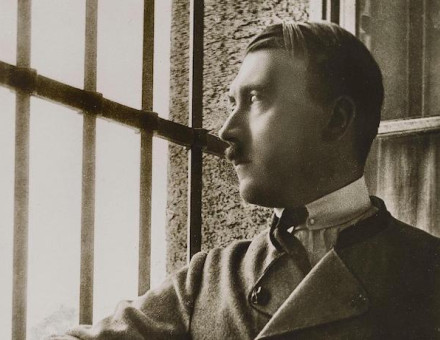Mission to the Roof of the World
Asya Chorley describes the relationship between China, Britain and Tibet in the early twentieth century, and shares the unique experiences of the first European women to be invited to Lhasa by the XIII Dalai Lama.
So wrote a relieved Colonel Leslie Weir (1883-1950) in his report to the Government of India at the conclusion to the British Mission to Lhasa in 1932, yet only three years earlier Weir remarked on the situation with Tibet that ‘our prestige has gone back woefully since I was last here’.
Weir’s experiences in Lhasa are a fascinating example of the see-saw dynamic that dominated Tibet’s relations with Britain in the early twentieth century. The relationship was dictated by issues of autonomy, territorial security and, crucially, the attitude and responses of China. However, his missions were not just of political significance. In 1930 he was accompanied by his wife, Thyra, and in 1932 by both his wife and eighteen-year-old daughter, Joan Mary. They were the first European women to be granted an official invitation by the Dalai Lama and both made written and visual records of their trips. Their documents provide an exceptional insight into life in Lhasa at the time; unusually they are written from a female perspective and are not circumscribed by either a political agenda or the possibility of publication.





